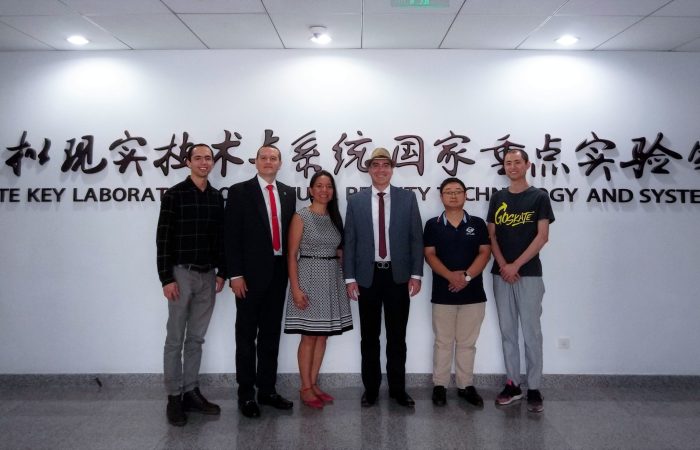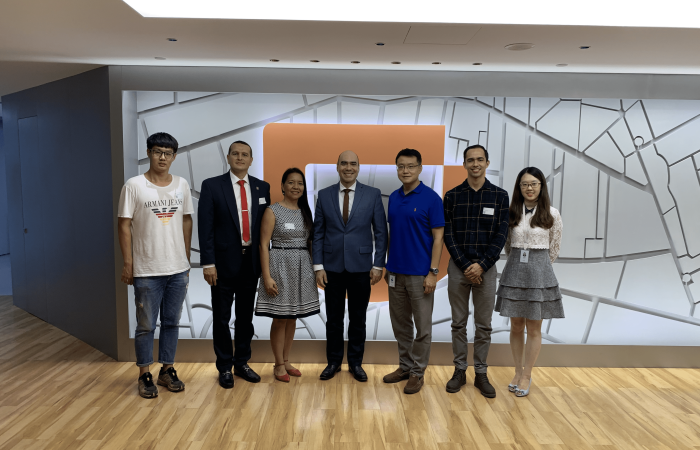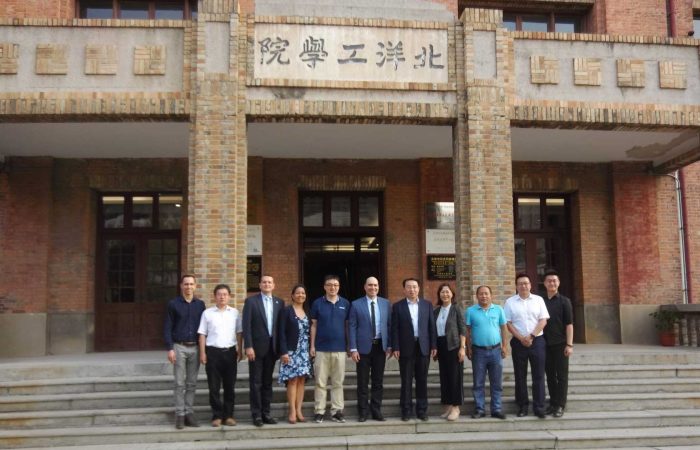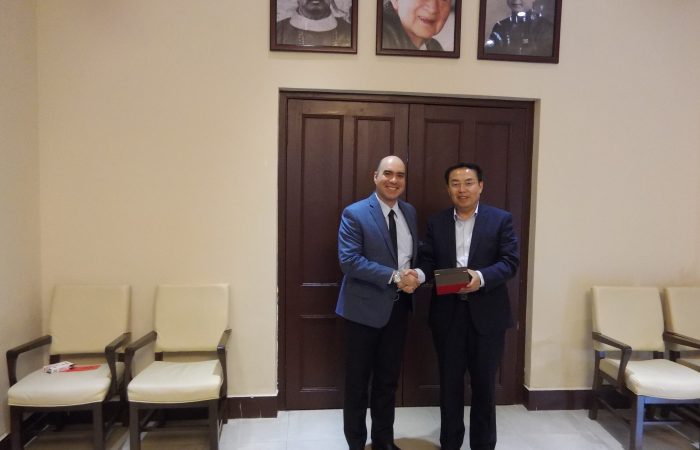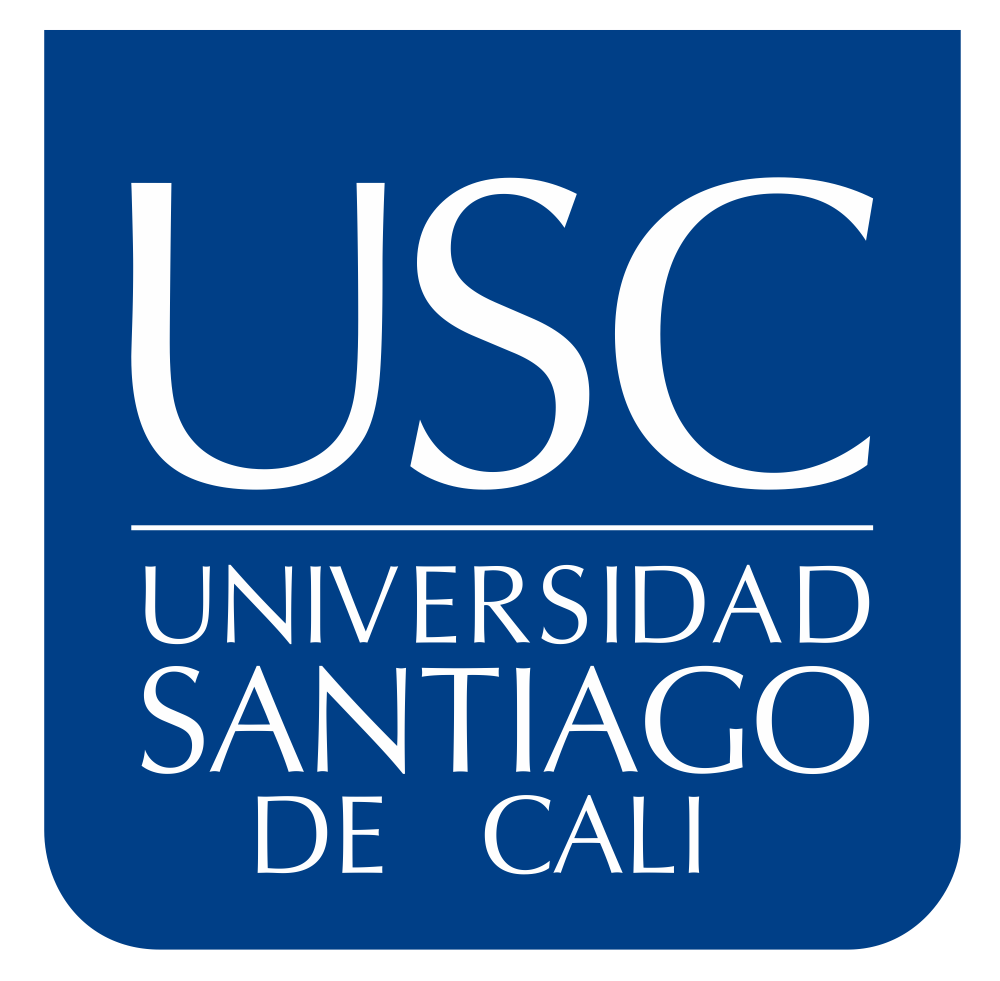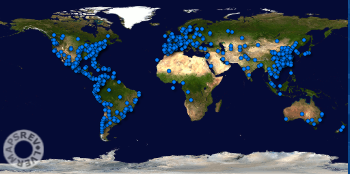
Santiago Cali University delegation visits China with fruitful results
From September 3 to September 16, 2019, Kali (hereinafter referred to as the “center”) of the Intelligent Network Interconnection Laboratory coordinated a Santiago de Cali University delegation to China for a two-week working visit in accordance with the annual work plan. The delegation was led by Carlos Andres Perez Gallando, President of the University of Santiago Cali, and visited Beijing, Tianjin, Xi’an, Shenzhen, Hong Kong and other cities successively, and achieved fruitful results.
In Beijing, the delegation visited the State Key Laboratory of Virtual Reality Technology and Systems, the Beijing Mixed Reality and New Display Engineering Technology Research Center, and the headquarters of Didi Chuxing, to investigate China’s visualization of virtual reality, augmented reality and big data Technological frontiers and industry progress.
In Tianjin and Xi’an, the delegation visited Colombian students studying in China and had discussions with them to encourage them to learn more about Chinese culture, learn Chinese knowledge, and better serve Colombia’s economic construction and technological development after returning to China. During the delegation, the delegation also visited the Tianjin Science and Technology Bureau, and reported to the Deputy Director of the Science and Technology Bureau Xia Zhenghuai, Director Liu Jianjun of the Cooperation and Exchange Office, and Deputy Director Zhong Cheng of the Center. Deputy Director Xia expressed that she was very happy to learn that the Tianjin Jincai Wulian Technology Co., Ltd.’s participation in the construction of the center is developing smoothly, and hopes that the delegation can further contribute to the scientific and technological exchanges in China and Latin America after returning to China.

In Shenzhen and Hong Kong, the delegation focused on investigating the scientific and technological collaborative innovation system in the Greater Bay Area, and established working contacts with Pengcheng Lab, the National Supercomputing Shenzhen Center, and Shenzhen University.
